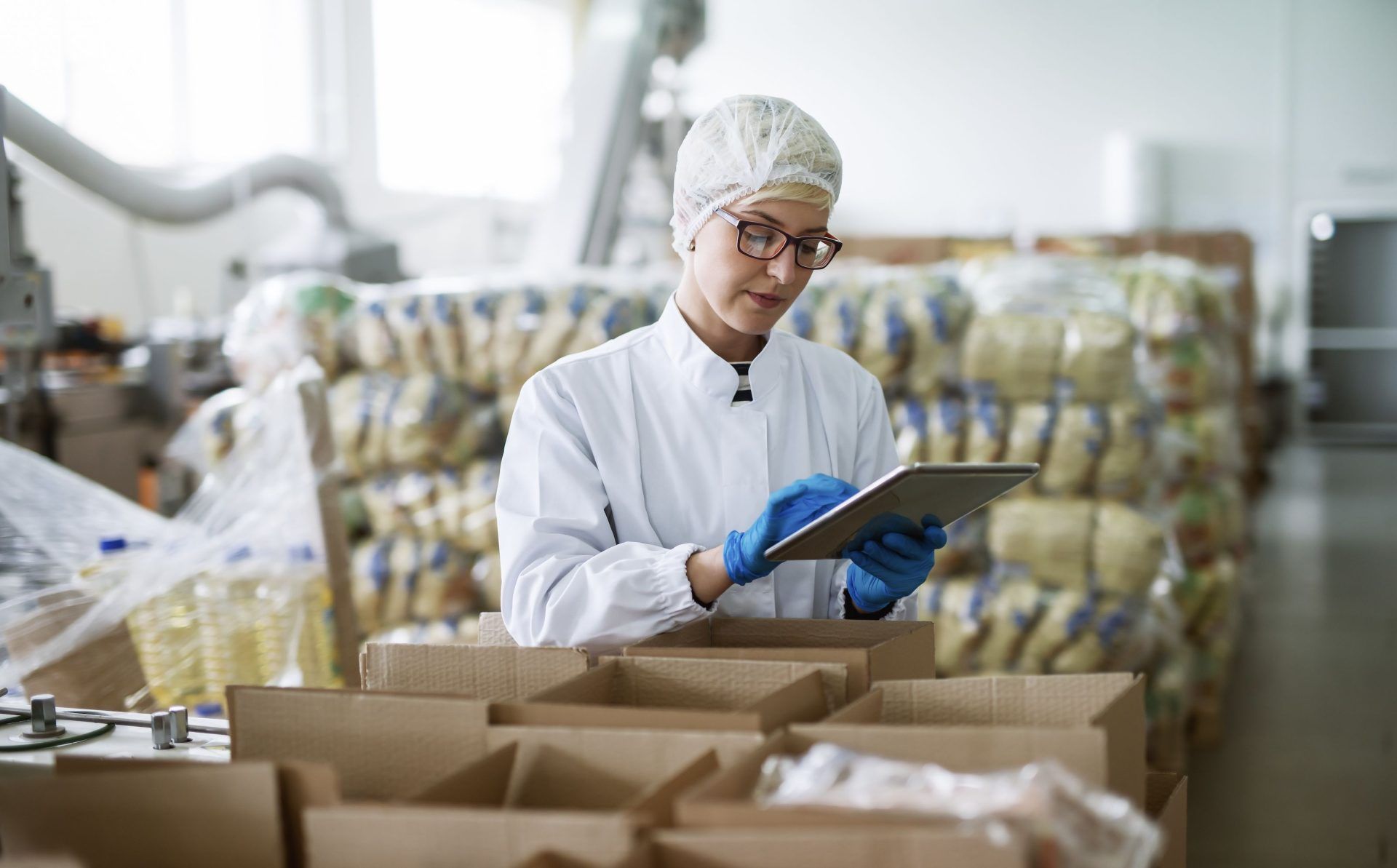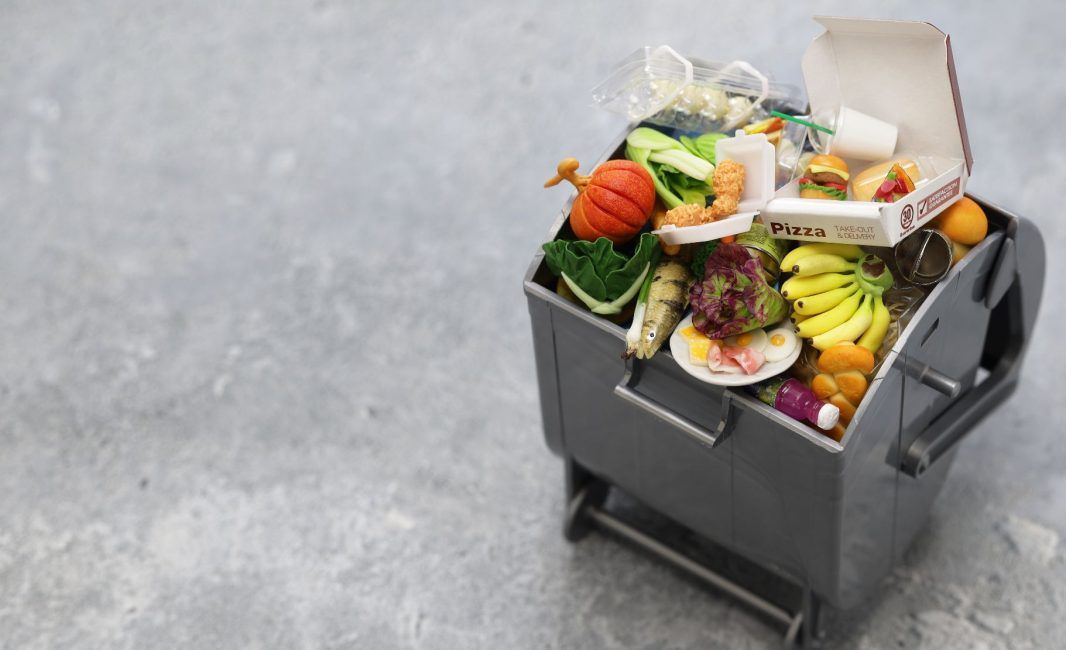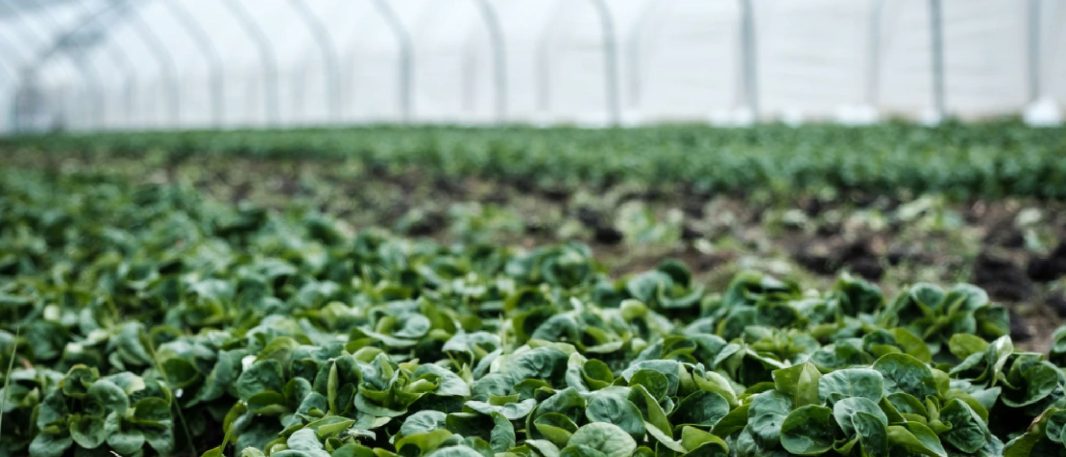When it comes to technology and the food and beverage industry, time waits for no one to be totally ready for a radical change. Whatever legacy systems and processes you have in place, and whatever ‘workarounds’ you have, to compete in today’s market, businesses need to be interconnected. This means having a clear vision of building an ecosystem where all company parts work together seamlessly. This applies to almost every company in operation, particularly in the food and beverage sector.
But how can you implement radical technology change if there’s resistance?
With the world lurching from one disaster to another, there is always the temptation to hold off change until there’s more stability.
Having helped global businesses integrate best-in-class technology, here are our tips on why and how to implement change, even when everything is shouting at you to do it another time.
Why now is the time to change your tech
The best time to collect data is years ago. The second best time is now.
If you want to “connect the dots” for your business, you need to have a “digital thread” that can tie all aspects of the company together. From production to distribution to sales, businesses need to be able to track every step of the process in real-time. This comes from live data.
Your data collection from your apps, delivery systems, stock systems or POS might all have been living on their island for many years. The best way to make impactful decisions is to immediately bring it all together.
With one ‘pile’ of data, you can answer questions that will significantly uplift your revenue. Questions such as:
- What are your team’s weaknesses in inventory management?
- How can you keep optimum levels of perishables?
- How close are you to hitting food waste targets?
- How can you prove waste reduction to shareholders?
- Why are your sales always down on one particular day?
- What are customers doing in-store or online?
- Is marketing having an impact?
- Why are consumers buying more of one product direct than they ever do in-store?
- What are your closest competitors doing that you aren’t?
You then need to get the right insight, to the right person at the right time. Sending a store manager 14 excel reports with no context at the end of the week is too much information, way too late. Check out our ‘Orderly Score‘ to see how that is possible.
You may be missing a whole segment of business opportunity
The rise of direct-to-consumer (DTC) models in food and beverage represent just one area where companies are turning on live sales channels in weeks.
With the click of a button, customers can now order anything they want and have it delivered straight to their doorstep without a middleman. You may have also heard about the rise of “dark stores.” These are warehouses that focus solely on fulfilment and have no retail storefront, which allows businesses to cut down on costs and get their products to customers faster.
This has completely changed the landscape of the food and beverage industry, and businesses need to adapt or risk being left behind.
Things are moving fast, and competitors with technology to support them can turn on or test new sales streams faster than companies using legacy tech.
The best way to get buy-in for a radical change
When you’re planning a radical change to your company’s technology, the first step is to get buy-in from across the business. The best way to do this is to explain exactly why the change is necessary and how it will benefit the company.
Improved ops
You may want to highlight that operationally; the right technology can automate tasks that are currently manual and time-consuming. This can free up your employees to focus on more important tasks, and it can help to improve accuracy and efficiency.
Improved financials
In terms of finances, investing in new technology can help to improve your company’s bottom line. By streamlining processes and improving efficiency, you can save money in the long run.
Improved forecasting
Through analysis you will also be able to forecast with more accuracy, meaning that you can make better decisions about where to allocate your resources. This increased accuracy can lead to improved profits and ROI.
Be realistic about what’s ahead
Once you’ve explained the benefits of the new technology, it’s time to address any concerns that your employees or management may have. It’s important to be open and honest about any potential risks associated with the change.
These could be:
– That the new system may be difficult to learn or us
– That there may be a period of adjustment as employees get used to the new system
– That there could be some data loss or disruption during the transition
By addressing these concerns head-on, you can show that you’re aware of the risks and that you have a plan to mitigate them. This can help to build trust and buy-in.
The good news
The good news is that at Orderly, we know that transformation can’t come at the cost of your day-to-day operations. And if we can deliver in a pandemic, as we did with Morrisons, then anything is possible! Why not read the case study here on how we helped the brand transform their tech to offer a totally new service – at breakneck speed?
Our solution makes the transition to better tech as smooth as possible for your business. Our software is designed to be totally flexible and easily adjustable so that you can keep pace with the ever-changing landscape of the food and beverage industry.
If you’re interested in learning more about how Orderly can help you – even if now isn’t the perfect time to change- talk to us.







